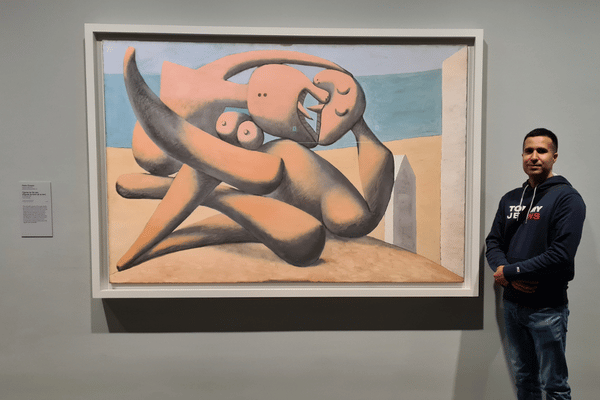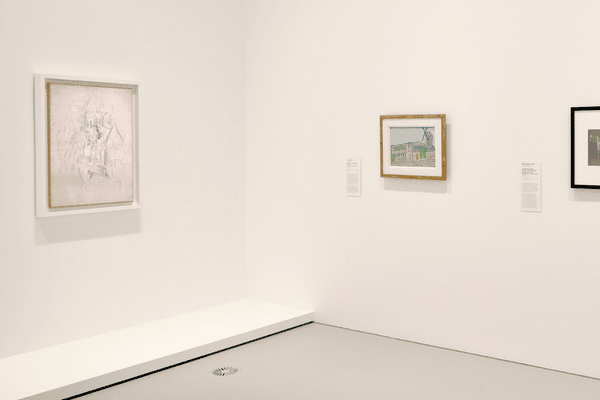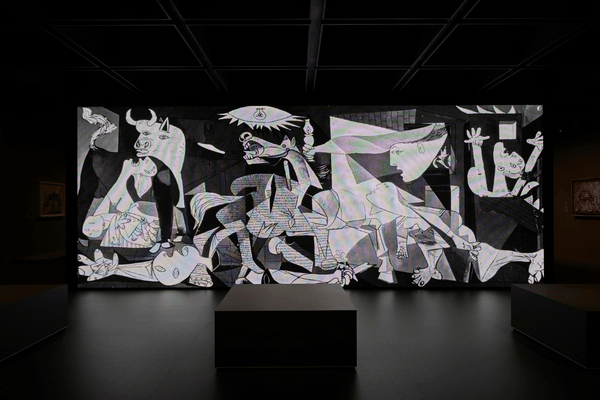And so, as Melbourne opens up following two years of lockdown, Picasso comes to town.
We’re seeing a gradual return to our city’s famed international festivals of art and culture. Primary among these is The Picasso Century, this year’s Melbourne Winter Masterpieces® 2022 exhibition hosted by the National Gallery of Victoria (NGV).
It showcases a selection of the paintings and sculptures of Pablo Picasso (1881-1973) through time in dialogue with contemporaries such as Matisse, Stein, Giacometti, and Braque.
To be able to visit an art exhibition in person after long is refreshing. And to be doing so to see Picasso is icing on the cake. Even more so, to be able to see so many of his works all in one is in short, overwhelming.
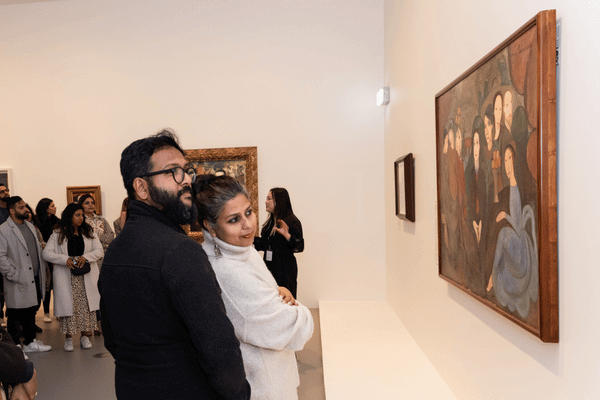
As an internationally renowned and celebrated artist of the 20th century, Picasso’s works on display at the exhibition covered many of his distinct artistic phases. Known for co-founding Cubism and Collage, Picasso is well-regarded for his tenacity in pushing boundaries of artistic form.
At first, with my uninitiated eye, the works appear grotesque, distorted, ludicrous, outrageous even.
The Picasso Century was wonderfully transformative, to get a sense of the beauty and value in this master artist’s works, and also understand his contributions to the art of the 20th century.
Exploring Picasso’s works through time, the NGV exhibition takes you on a journey through key phases in his life and work. Looking at the works in the context of the socio-cultural and socio-political ethos of the times, his particular muses, and his peers, gives you an inkling of the various styles he is known for – often referred to as his ‘periods’.
Picasso’s Blue Period showcases paintings in monochromatic shades of blue and blue-green, a recognition of his early years of relative poverty, instability and insecurity. In this phase, which took place between 1900 and 1904, Picasso’s works depict individuals who are struggling, or vulnerable in some way. In The Old Guitarist for example, Picasso shares a hunched guitarist busking haggardly in the streets of Barcelona living in poverty and emotional turmoil.
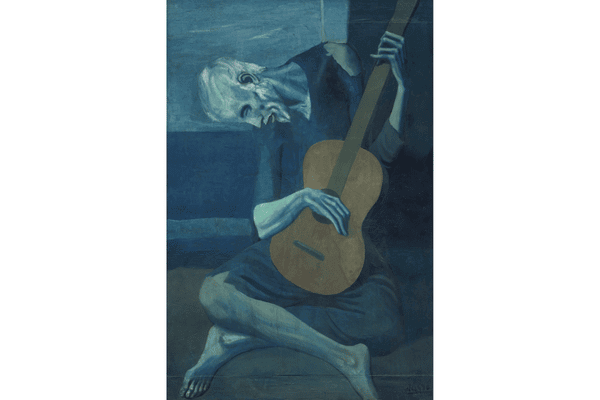
Veering from a sombre outlook on life, Picasso opts for cheerful orange and pink colours during his Rose Period to capture the delight of his happy relationship with Fernande Olivier, a French artist and model. He shares the joy he experienced with paintings featuring harlequins, clowns and circus performers. In Family of Acrobats with Monkey, Picasso showcases on cardboard a fond relationship between circus performers caring for a child. However, Picasso depicts himself sitting next to the lady cradling the baby at a relative distance from nurturing the child – a difficulty he faced when tending for Olivier’s adopted child.
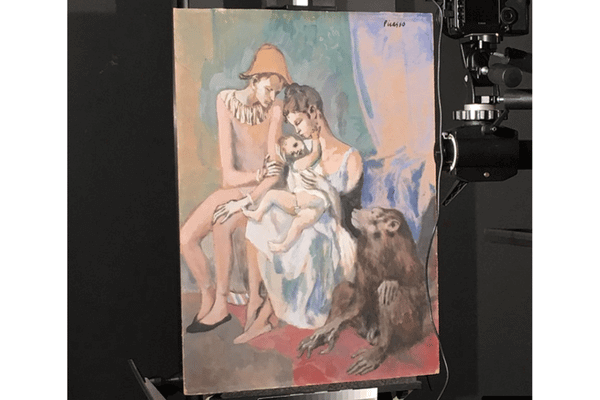
The next key phase in Picasso’s journey was the African-influenced Period. This period was strongly influenced by African masks, sculptures and musical instruments that Picasso keenly collected. He carries the theme through his paintings with vivid and stylised human figures with cubist elements shapes. Recognising the spiritual aspects of African art, Picasso along with others wished to explore the powerful influence that African aesthetics had on Western art development. Knowing little about the meaning of art from the region, Picasso nevertheless was known to have been truly inspired by his work The Young Ladies of Avignon. On this canvas, Picasso takes the viewer on a journey showcasing humans in geometric form on a flat splintered plain – akin to African sculptures crafted at the time.
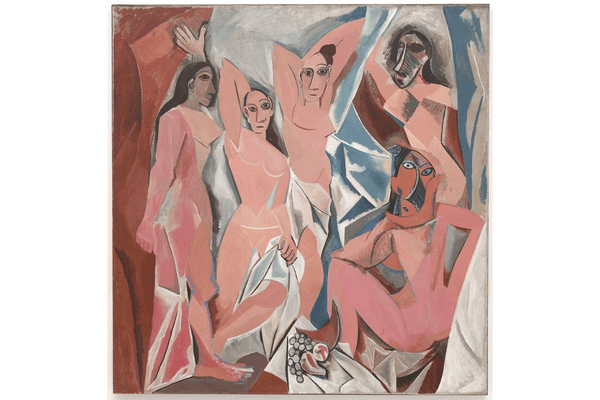
In his exploration of Cubism, which he co-founded with Matisse, Picasso explores abstraction techniques to paint objects in fragmented form to help portray imagery through multiple vantage points. Cubism defies certain rules of art such as using shades of colour to showcase nature, and instead relies on any geometric shape using lines and angles to model two-dimensional objects to form the greater image. La Sacré Coeur is a great example here: painted by Picasso as the Basilica was built, its evolving form attracted him no end. The building’s scaffolds and panes, their alternate temporary and permanent nature, the sheer experimentation of it all, all find mention in this stunning work.
Again, the infamous Guernica, notable for its anti-war messaging, portrays the suffering wrought by violence and chaos. The animals, depicting violent individuals, appearing over dismembered humans, reminds viewers of the devastation caused between and during the World Wars.
If you’re a newcomer like me, the NGV exhibition will take you on a voyage through Picasso’s life, and help you appreciate the stylistic choices that fluctuated with his life experience.
READ ALSO: Gauri Torgalkar: An Australian floral tribute to Diwali



